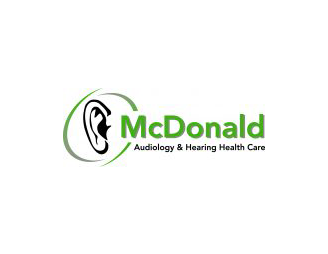Central Auditory Processing Disorder, abbreviated CAPD, is a challenging condition to diagnose properly for many good reasons. The condition is not because the children can’t hear words being directed at them, but because their brains are unable to interpret the words and comprehend them, which implies that standard hearing tests don’t always detect CAPD. Furthermore, children who have CAPD often acquire coping behaviors to hide or disguise their disorder; they cannot truly understand the words people are saying, however they learn to read their lips or their facial expressions to pretend to understand.
These particular characteristics of CAPD also make treatments for the disorder difficult, because anyone trying to enhance the child’s speech understanding must constantly remain cognizant of them and look for methods to work around them. Regrettably there is no known cure or treatment for CAPD that works well across all children. Each and every treatment plan is personalized and crafted based on the patients’ limitations. However there are therapy approaches that appear to be effective, which can significantly improve the future prospects of kids with CAPD.
CAPD treatment falls into three primary categories – compensatory strategies, environmental change and direct treatment.
Compensatory Strategies – Strategies that focus on helping the CAPD pupils to strengthen their attention, memory, problem-solving and language skills are commonly referred to as compensatory strategies. The main objective of these forms of training are to teach children both to take responsibility for their own educational success, and to give them the enhanced skills and techniques they need to succeed. Lessons intended to improve these types of skills may consist of “active listening” exercises or solving word problems.
Direct Treatment – Direct treatment strategies include the 1-to-1 therapy sessions and the use of computer-aided learning to take advantage of the brain’s inherent plasticity – the capacity to construct new neural pathways or ways of thinking. Software and games such as the “Simon” game by Hasbro or the “Fast ForWord” educational software from Scientific Education are employed as therapy resources. These exercises help students improve discrimination, sequencing and processing of auditory signals. Some direct Central Auditory Processing Disorder therapy uses dichotic training which trains the brain on hearing many sounds in different ears and processing the blended information accurately. Houghton Mifflin Harcourt’s “Earobics” program, is also used by some specialists to enhance phonological awareness.
Environmental Change – Because ambient noise drastically hampers an individual with CAPD’s ability to process speech, decreasing the amount of environmental noise by means of soundproofing (acoustic tiles, curtains and wall hangings) can help. In certain classrooms, the teachers don a microphone and the CAPD pupils wear small receivers, so that the instructor’s voice is amplified and clarified, making it distinguishable from other voices or sounds. Even better lighting delivers benefits, because facial expressions are simpler to read on fully lit faces than on poorly lit faces.
So therapies are available if your child is identified as having Central Auditory Processing Disorder, but keep in mind that step one is properly diagnosing the problem, and doing this at the earliest age possible. If we can help in any way with this, please contact us. Let us add our many years of hearing experience and relationships with local Central Auditory Processing Disorder experts to helping your child learn properly.

